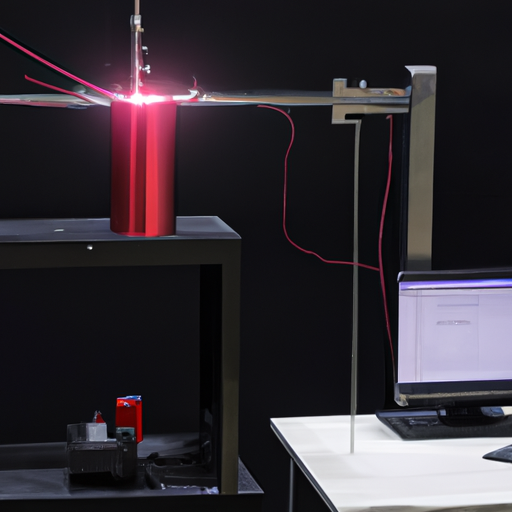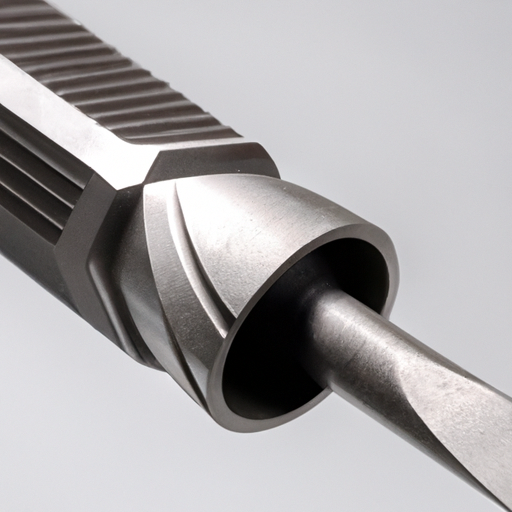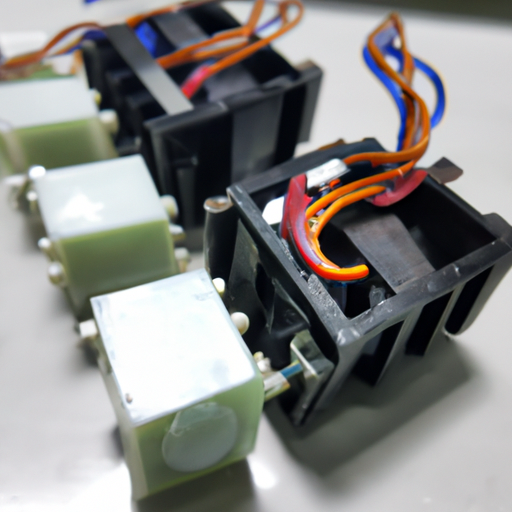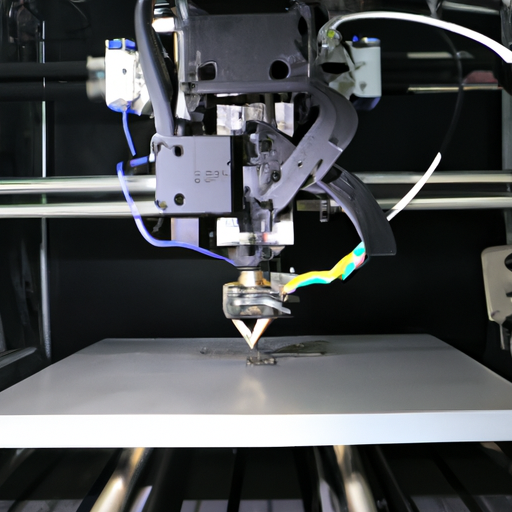The Advantages of Three-Dimensional Testing Equipment Products
I. Introduction
In the rapidly evolving landscape of technology and manufacturing, the need for precise and reliable testing methods has never been more critical. Three-dimensional (3D) testing equipment has emerged as a game-changer in various industries, offering enhanced capabilities that traditional testing methods simply cannot match. This blog post will explore the numerous advantages of 3D testing equipment, highlighting its importance in ensuring quality, efficiency, and innovation across sectors.
II. Enhanced Accuracy and Precision
One of the most significant advantages of three-dimensional testing equipment is its ability to improve measurement accuracy and precision. Traditional testing methods often rely on manual measurements, which can introduce human error and inconsistencies. In contrast, 3D testing equipment utilizes advanced technologies such as laser scanning and coordinate measuring machines (CMMs) to capture precise measurements in three dimensions.
For instance, in the aerospace industry, where even the slightest deviation can have catastrophic consequences, 3D testing equipment has proven invaluable. A case study involving a major aircraft manufacturer demonstrated that the implementation of 3D testing reduced measurement errors by over 50%, leading to improved safety and performance of aircraft components.
III. Comprehensive Data Collection
Another key advantage of 3D testing equipment is its ability to collect comprehensive data. Unlike traditional methods that may only provide limited information, 3D testing can capture a wide range of data types, including geometric dimensions, surface textures, and material properties. This extensive data collection is crucial for thorough analysis and informed decision-making.
Industries such as automotive and medical device manufacturing benefit significantly from this comprehensive data. For example, in automotive production, 3D testing allows engineers to analyze the fit and finish of components in real-time, ensuring that every part meets stringent quality standards before assembly. This level of detail not only enhances product quality but also streamlines the design and production processes.
IV. Time Efficiency
Time is a critical factor in any manufacturing or testing process, and 3D testing equipment excels in this area. The speed of testing processes is significantly enhanced with 3D technology, allowing for rapid data acquisition and analysis. This efficiency reduces the time spent on manual measurements and calculations, enabling teams to focus on more strategic tasks.
For instance, a study conducted in a manufacturing facility revealed that the use of 3D testing equipment reduced the testing phase of product development by 30%. This time savings translates into shorter project timelines, increased productivity, and ultimately, faster time-to-market for new products.
V. Cost-Effectiveness
While the initial investment in 3D testing equipment may be higher than traditional methods, the long-term cost savings associated with its use are substantial. By improving accuracy and reducing the likelihood of errors, 3D testing minimizes material waste and the need for rework. This is particularly important in industries where materials are expensive or where rework can lead to significant delays.
A cost analysis conducted in a manufacturing plant showed that the implementation of 3D testing equipment resulted in a 20% reduction in overall production costs over three years. This cost-effectiveness, combined with the enhanced quality and efficiency, makes 3D testing a smart investment for businesses looking to optimize their operations.
VI. Versatility and Adaptability
The versatility of 3D testing equipment is another compelling advantage. These systems can be adapted for a wide range of applications across various industries, from aerospace and automotive to consumer goods and medical devices. The ability to test different materials and products makes 3D testing equipment a valuable asset for any organization.
Moreover, many 3D testing systems offer customization options to meet specific testing needs. For example, a company specializing in custom machinery can tailor their 3D testing equipment to accommodate unique components, ensuring that every product is tested to the highest standards.
VII. Improved Quality Control
Quality control is paramount in any manufacturing process, and 3D testing equipment plays a crucial role in maintaining product quality standards. By integrating 3D testing into quality management systems, organizations can ensure that every product meets the required specifications before it reaches the market.
For instance, a leading electronics manufacturer implemented 3D testing as part of its quality control process, resulting in a 40% reduction in defects. This success story highlights the effectiveness of 3D testing in identifying potential issues early in the production process, ultimately leading to higher customer satisfaction and reduced warranty claims.
VIII. User-Friendly Technology
Advancements in technology have made 3D testing equipment increasingly user-friendly. Modern systems come equipped with intuitive user interfaces and sophisticated software that simplify the testing process. This accessibility allows operators, even those without extensive technical backgrounds, to effectively utilize the equipment.
Additionally, many manufacturers provide training and support for operators, ensuring that teams are well-equipped to maximize the benefits of 3D testing. This focus on user-friendliness not only enhances productivity but also fosters a culture of continuous improvement within organizations.
IX. Future Trends in 3D Testing Equipment
As technology continues to advance, the future of 3D testing equipment looks promising. Innovations such as artificial intelligence (AI) integration and automation are on the horizon, further enhancing the capabilities of 3D testing systems. These advancements will likely lead to even greater accuracy, efficiency, and data analysis capabilities.
Predictions for the evolution of 3D testing technology suggest that industries will increasingly adopt these solutions to stay competitive. The potential impact on testing practices is significant, as organizations leverage cutting-edge technology to drive innovation and improve product quality.
X. Conclusion
In conclusion, the advantages of three-dimensional testing equipment products are numerous and far-reaching. From enhanced accuracy and comprehensive data collection to time efficiency and cost-effectiveness, 3D testing equipment is transforming the way industries approach quality control and product development. As technology continues to evolve, the importance of adopting advanced testing solutions will only grow.
For organizations looking to stay ahead in their respective fields, investing in 3D testing equipment is not just a choice; it is a strategic imperative. By embracing these advanced technologies, industries can ensure that they meet the highest standards of quality and efficiency, ultimately leading to greater success in an increasingly competitive marketplace.












